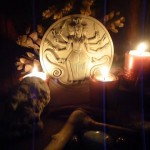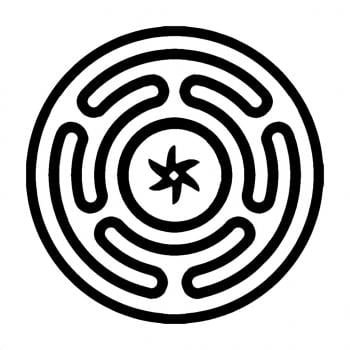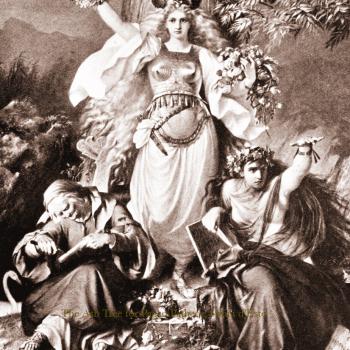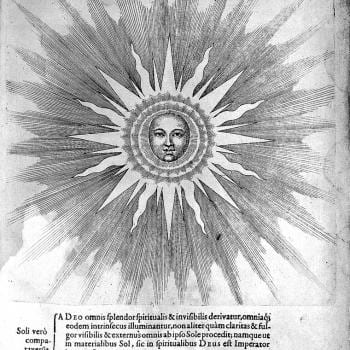Do the Gods, their stories and symbols evolve?
Let’s talk about two magical staffs: The Caduceus and the Rod of Asclepius. The Caduceus is a famous symbol of two snakes coiling around a staff; where as the Rod of Asclepius is a staff with one serpent coiled around it.


Today the Caduceus is very well known as a symbol representing products and services associated with healing – such as doctors, medicine and ambulances. But it started as a mistake, or a misunderstanding, of sorts. The Caduceus became popular in the late 19th or early 20th century in the USA as a symbol for medicine, used by the US Army Medical Corps and other major medicine-related organisations. However, looking at history it should have been the Rod of Asclepius (the God of Medicine & Healing), rather than the Caduceus of Hermes (Messenger of the Gods, God of Communication, Trickster & Shepherd God). Very easy mistake, both staffs are entwined with serpents. However, today there is absolutely no denying it – the Caduceus is now ALSO a symbol of healing and it has been a predominant symbol for the healing professions for more than a century now.
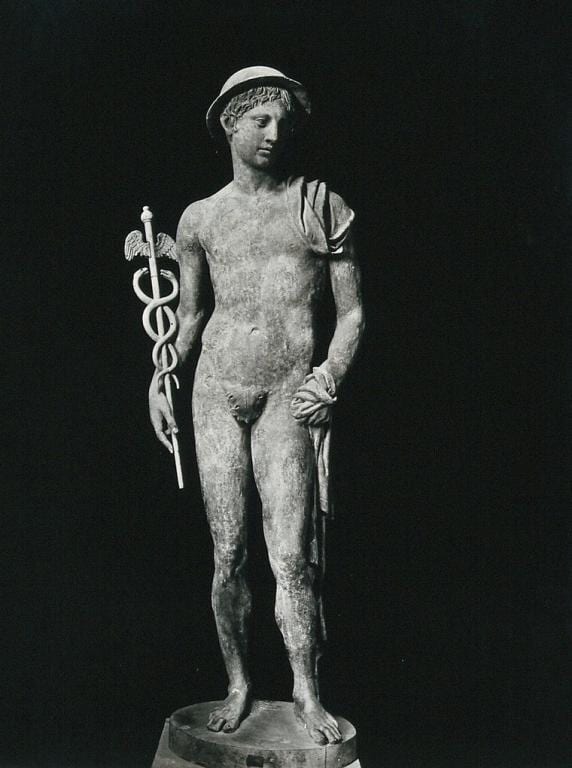
But if you, like me, believe that the Gods are alive and that they continue evolving and changing – as they did in antiquity, then perhaps there is another explanation?
Perhaps it was Hermes, as the Trickster God (and also the God of Thieves) who maneuvered himself and his staff to represent aspects of the healing profession in the 20th and now into the 21st centuries? There is no denying that the world has evolved and that communication (a function of Hermes) is central to the work of the modern medical profession. So perhaps it is not only appropriate, but inevitable that Hermes’ staff became so strongly associated with medicine. Also, Hermes (and his Roman counterpart Mercury) are both associated with alchemy, which is often thought of as a forerunner of science. Today scientific research and thought are central to medicine and through this association there is another reason for the staff of Hermes to be so closely associated with medicine and healing today.
And besides, Gods have always assumed new symbols, adapted to new circumstances, merged with the cults of other Gods and adapted historically – why should that have stopped in recent years?
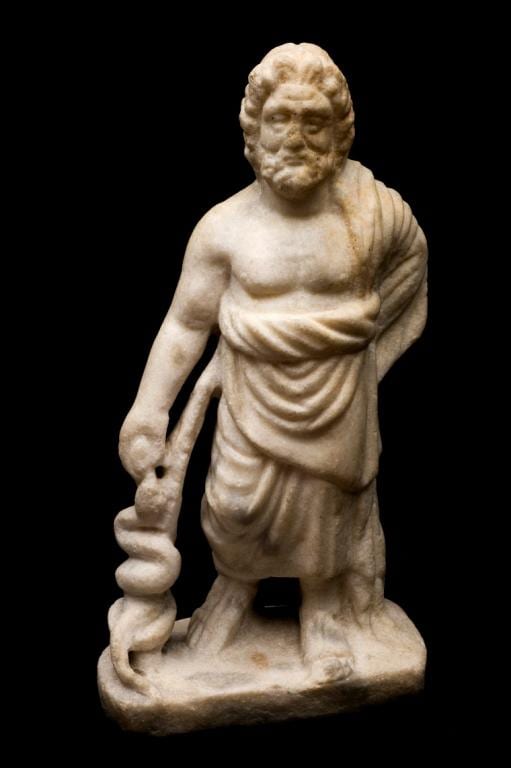
Does this make Asclepius any less important? Of course not, his Rod (with the single serpent) continues to be used by institutions and brands who were better informed and not so easily tricked by Hermes!
———————–
Share your thoughts on this topic by commenting here on Patheos, or by tagging me on social media so that I can see your comments!
Instagram: www.instagram.com/sorita.deste @sorita.deste
#soritadeste
Facebook:
www.facebook.com/soritadeste
Twitter:
@theurgia








